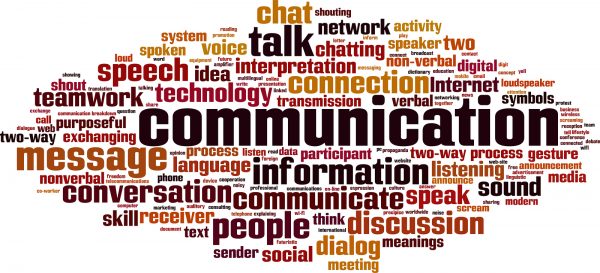-
Best Australian Pokies Best Payout
Play Free 777 Pokies Online
What Are the Best Australian Pokies to Win Big On
What Are the Best Online Pokies with Low Minimum Deposits for Real Money in Australia
New Australian Pokies Accepting PayID
What Are the Best Strategies to Win in Online Pokies with Bonus Rounds in Australia
Tips for Winning Top Australian Pokies
What Online Casinos Offer Free Play Pokies with Welcome Bonuses in Australia
Australian Slot Games
Payout Ratio Pokies with Welcome Bonus

Methods importance and potential barriers to communication
Methods importance and potential barriers to communication
Communication and collaboration are essential in ensuring the professional nurse is able to provide optimal care of the client. In the forum, describe methods of communication, the importance of communication, and potential barriers to communication.
Include information on the flexibility necessary to adapt to communication methods that may include a client with developmental delay, lack of power of attorney, language barriers, or technological challenges that prevent access to vital information.
Common Barriers to Effective Communication:
- The use of jargon. Over-complicated, unfamiliar and/or technical terms.
- Emotional barriers and taboos. Some people may find it difficult to express their emotions and some topics may be completely ‘off-limits’ or taboo. Taboo or difficult topics may include, but are not limited to, politics, religion, disabilities (mental and physical), sexuality and sex, racism and any opinion that may be seen as unpopular.
- Lack of attention, interest, distractions, or irrelevance to the receiver. (See our page Barriers to Effective Listening for more information).
- Differences in perception and viewpoint.
- Physical disabilities such as hearing problems or speech difficulties.
- Physical barriers to non-verbal communication. Not being able to see the non-verbal cues, gestures, posture and general body language can make communication less effective. Phone calls, text messages and other communication methods that rely on technology are often less effective than face-to-face communication.
- Language differences and the difficulty in understanding unfamiliar accents.
- Expectations and prejudices which may lead to false assumptions or stereotyping. People often hear what they expect to hear rather than what is actually said and jump to incorrect conclusions. Our page The Ladder of Inference explains this in more detail.
- Cultural differences. The norms of social interaction vary greatly in different cultures, as do the way in which emotions are expressed. For example, the concept of personal space varies between cultures and between different social settings. See our page on Intercultural Awareness for more information.
Why communication is important?
We run under tight budgets and stringent deadlines. A simple communication gap may create havoc and bring the project to stop. Communication is a discipline which we have to follow. Over communication and under communication both have its own consequences. We need to know four things while communicating
- What to communicate
- When to communicate
- How much to communicate
- Who to communicate
These four key things mentioned above forms the basics of communication plan. That is how we start drafting the communication plan and over the time period, it evolves. Stake holders get added, the communication channels being used get added, the schedules get added and the communication plan gets signed off.
What are the communication channels used?
Communication can be broadly classified into Formal and Informal communication which is done through many communication channels.
What does the communication plan contain?
Communicating is not only talking or conveying things to others but also listening and asking questions. Listening is as important as talking as that can bring in more ideas, bigger vision and better results. But having communication plan brings in more command over the communication. People are accountable for what has been communicated and committed by each individual.
With bigger projects in hand, it is difficult to have one-on-one or face to face communication with each team member of the team to discuss on the responsibilities each should take up. Communication plan stream lines the above process.
PMBOK has a template for Communication mechanism to help the project teams. The main components of the template include
- Objective of the communication
- Stake holders
- Communication channel
- Communication frequency
- Agenda
- Documenting the communication held and version control for the same.
Attachments
